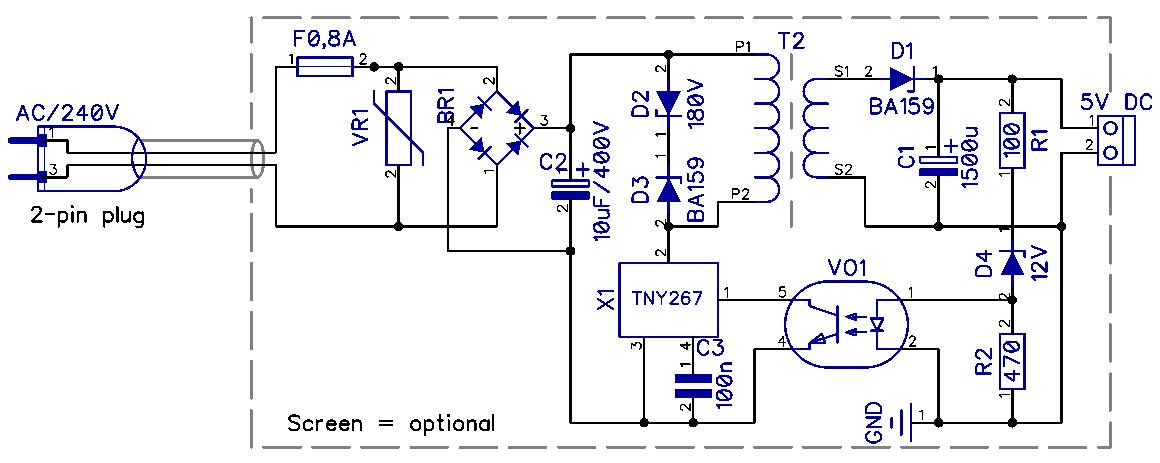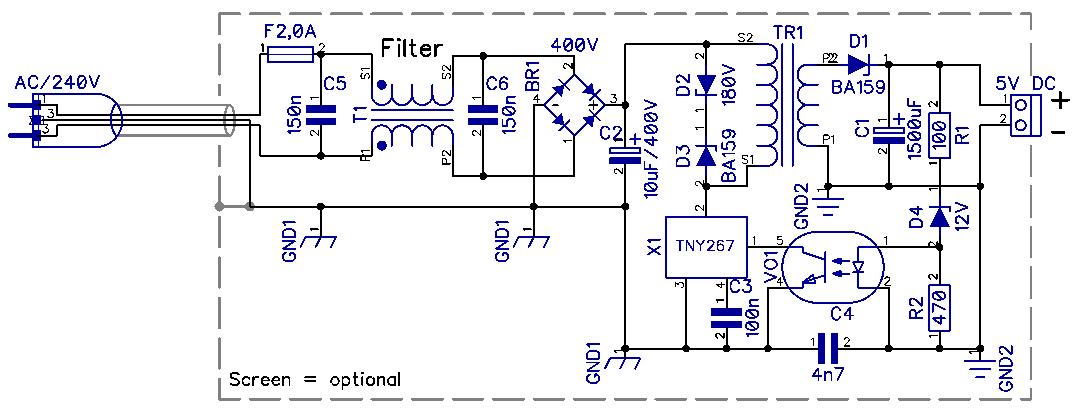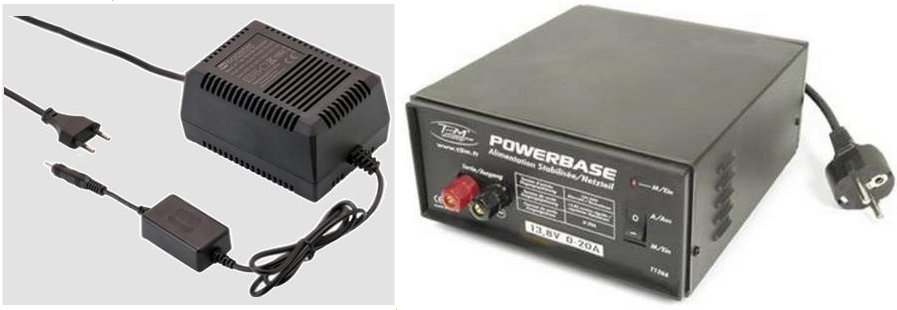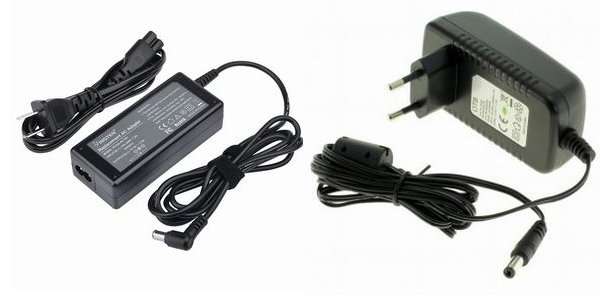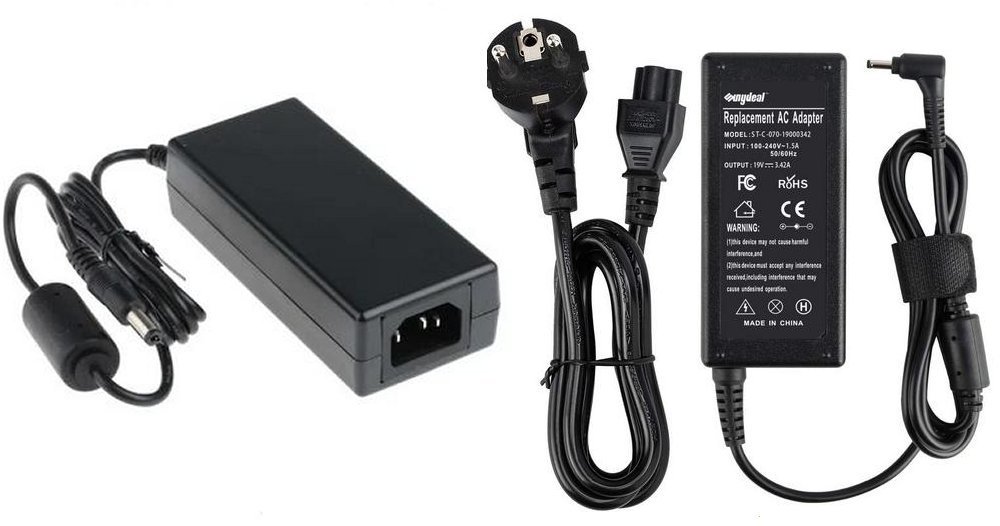ON1BES Labo 2021 RTL-SDR Receiving |
 Back to Homepage |
Voor nederlands, klik hier
SDR Receiver interference and solutions
The hard truth
Your electricity grid becomes a transmitter !
In these days it is practically no longer possible to receive good radio signals on the short/long wave bands with an INDOOR antenna.
Even with a good OUTDOOR antenna, additional measures need to be taken.
This is because in the last 15 to 25 years there has been an abundance of devices that cause interference on the power grid, and in the surrounding air indoors.
Almost every modern electronic device has a built-in switching power supply, or a separate switching plug-in power supply.
The devices themselves are not affected by the generated interference here, but they do pollute the air and the power grid with strong magnetic interference pulses.
How is that possible?
Every electrical wire in your power network, even from a few cm, actually becomes an antenna itself, and disturbing devices will thus emit interference radiation into the surrounding air, and thus pass it on to cabling and other connected receiving devices.
The mains earth in particular will be polluted with power failures, and this pollution will radiate into the air indoors.
In this way, with a sensitive radio receiver such as an SDR receiver, with a wire or telescopic antenna, INSIDE, it is impossible to receive even more pure and less strong signals.
To be clear: this is not about the strong FM radio or broadcasting stations, but about all other service signals on the HF bands, such as weather photos, Telex, Morse, beacons, time transmitters and many more. The interference should be seen as an extra noise in the receiver, which is so strong that weaker signals can no longer get through, and therefore simply cannot be heard anymore, because the noise floor is then too high in the receiver.
And because an SDR receiver is usually linked to an (LCD) display, this will be clearly visible in the image.
Interfering Devices
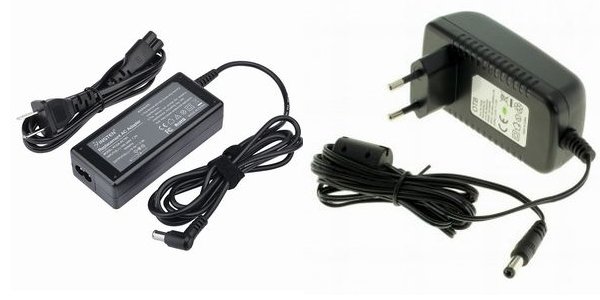 |
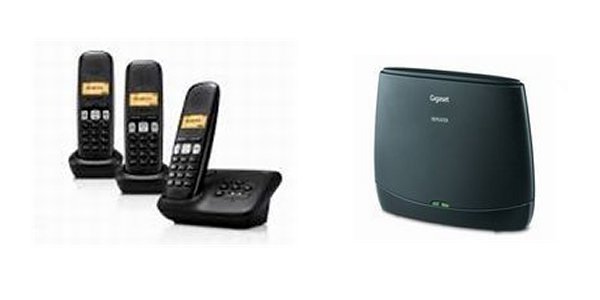 |
 |
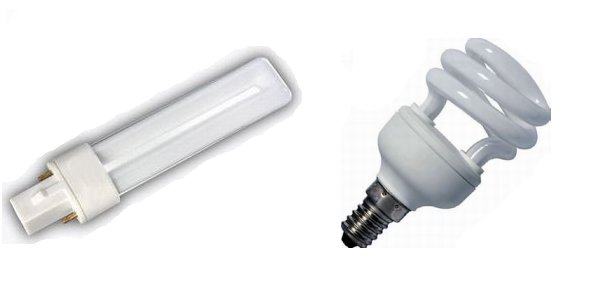 |
| Power adapters | DECT Telephone - Repeater | WiFi Booster - Router | Energy-saving lamps |
But also very polluting are all fluorescent lamps, energy-saving lamps and LED lamps and others. Nowadays we can also add solar panels with bad inverters.
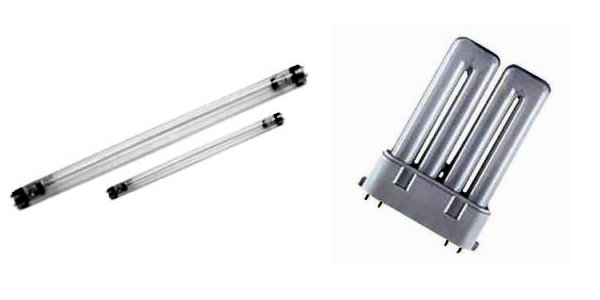 |
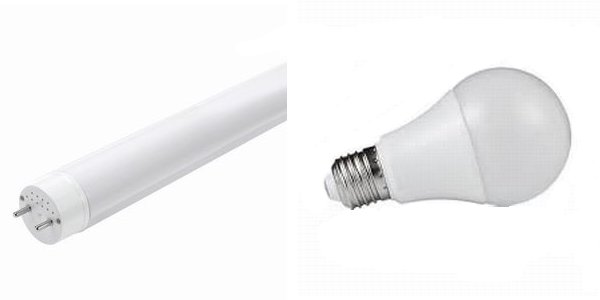 |
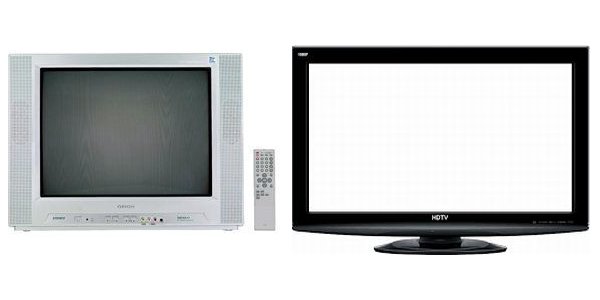 |
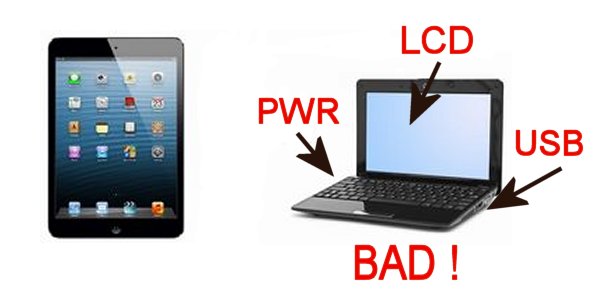 |
| TL Lamps | LED Lamps | Plasma TV - LCD | Tablet - Laptop |
Interfering radiation
Suppose you then use an OUTDOOR antenna to get a better signal without interference, then you are still worth the effort.
Because the interference radiation is so great inside every house, any piece of wire or cable of a meter or even less, such as speaker wires, extension cables and other types, will also be in this interference, and start acting like a receiving antenna.
With a receiver, the interference then settles on the outer sheath of the coax cable of the antenna, so a cable shield is no longer useful.
What's more: the interference will creep outwards on an antenna cable, towards the antenna element, and thus be received extra.
Together with the useful, often weak radio signal, it goes back to the receiver input, where a bad signal is received.
The same happens on the power grid: all interfering devices pass on their interference via their cabling to the power grid and other connected devices, and all wires in the house become radiant sources of interference.
What can be done against interference radiation
1) The power grid:
There is little you can do about this: the pollution also comes from neighbours, shops or adjacent companies.
You cannot ground the electricity wires themselves, and the ground wire is usually in the same tube.
The neutral or "N" wire (blue) is NOT a ground, so you'd better stay away from that.
2) Connected devices:
Here we must distinguish between devices with a 3-pin plug (with earth) or with a 2-pin plug (without earth).
Please note: this does NOT include heavier appliances such as heaters, ovens, and appliances with motors such as fans, washing machines, vacuum cleaners.
There are still some older devices in circulation with an internal power supply such as some amplifiers, printers, fixed computers and older Laptops.
The devices with a switching power supply will inevitably transmit their interference pulses to their cabling, and the metal housing of the device.
Mains adapters with a 2-pin plug and laptops with a 2-pin power supply usually have few problems for use with SDR.
Types of power supplies:
This is a complex and difficult matter to discuss, because there are so many types and combinations possible.
Every manufacturer has its own type or version of power supply on the market.
Linear power supplies, like the older ones, are non-switching, and are safe for SDR reception.
They are characterized by the large internal transformer, and behind it the simple rectifier circuit.
Switching power supplies are small in size, and they generate interference themselves and need to be checked to see if they pollute for SDR.
However, the principle with ALL switched power supplies to avoid interference to radios and receivers is the same :
the polluted earth of the power-grid, may only be on the cabinet, and NOT on the power supply of the PCB.
This usually requires a change in the wiring in the power supply, and will not be done by everyone.
This is often not recommended with glued or unscrewable power supplies.
The only solution here is to use an isolation transformer.
Mains power supplies can largely be divided into 5 groups (2 linear and 3 switched):
- A linear power supply without a mains earth (e.g. 2-pole plug with wire and a thick plastic block)
- A linear power supply in a metal box (e.g. CB power supply), with 3-pin plug and wire, the ground wire is attached to the chassis.
- A switched power supply without mains earth (designed as a thick 2-pole plug-in, in plastic)
- A switched mode power supply with internal mains earth (3-pole plug with wire and plastic block)
- A switched mode power supply with internal double combined mains earth (3-pole plug with wire and plastic block)
1) Classic Linear Power Supplies
The following applies to power supplies with 3-pin plug+wire in a metal housing (for a CB transmitter, Amplifier, Mixer, Radio, Lab power supply..)
Here you have to make sure that the wire from the mains earth does NOT (anymore) connect to the minus connection of the power supply PCB.
Measure this with a multimeter, whether the metal chassis does not measure to the negative of the power supply (at lowest ohm measuring range).
With older devices such as radios and amplifiers, sometimes only a small adjustment is necessary in the device, by disconnecting the ground wire from the PCB and insulating it.
If the device has input connectors such as for an antenna, Line-in or Mic, the mains earth must NOT be connected to the metal back.
For devices without input connectors or antenna, the mains earth may remain connected to the metal chassis.
If the input connectors cannot be disconnected from the metal chassis, this chassis can optionally be grounded with a separate clean earth.
2) Switching power supplies such as plug-in power supplies and power supply block for Laptop or LCD monitor or Printer...
With a power supply unit with a 2-pole plug + wire, e.g. for a Laptop, there is usually no problem for use with SDR: the mains ground cannot reach the chassis of the Laptop and the USB ports here, and cannot interfere with the reception of your SDR receiver on the USB port.
The better plug-in mains adapter (plug or block) will generate less interference than e.g. a cheap (Chinese) plug-in power adapter.
You can recognize the better plug-in power adapter or computer power supply with wire because there is a ferrite core (thickening) in the power supply wire.
With 3-pole mains plugs, the mains earth is always connected in a certain way to the chassis of the device, and the PCB, and in half of the cases also with the minus of the Pint Circuit Board.
Measure this with a multimeter, or that the metal chassis does not a little measure to the minus of the power supply PCB (at the highest ohm measuring range).
As a result, the minus of the power supply will be polluted in 50% of the cases and will cause interference, and further on, to other connected devices.
This cannot be solved without breaking open the plastic glued power supply box, and interrupting some things, which is not recommended.
A dirty negative connection of a power supply eventually also ends up on the input bus of an amplifier, and also on the shielding of an antenna cable, and will pollute the antenna signal.
Also check all other devices that have a 3-pin plug, especially LCD screens and modems or printers, and devices that are connected to other devices, with cables like an HDMI, RS232 Serial cable, USB cable or similar, otherwise the effort would be in vain.
A forgotten VGA or USB or connection cable or power cable can still pass the interference to other connected devices.
A possible solution is to switch from e.g. with a Laptop power supply with a 3-pin plug, replace the power supply with another with a 2-pin plug.
LCD screens with an internal or separate power supply with a 3-pin plug are quite common, such as 3-pin separate Laptop power supplies from Dell or HP.
These often interfere with the low HF bands, and are not good for SDR.
Sometimes you can also use a normal, classic power supply instead, but with Laptops that is an expensive solution.
As almost the only other solution, an isolation transformer is recommended, or working with batteries on the device.
You can discover a disturbing power supply or device by passing it with a small MG radio, and you will then hear whether there is interference.
Click on the schedule for a larger image
Interference on Radio/transmitter and receivers
If you connect your radio/transmitter receiver (with a 3-pin plug) to the mains ground, it only gets worse.
Interference from switching power supplies therefore occurs on the wires of the power network, but also ultimately on the shield of the coax antenna cable, so that a metal cable shielding largely loses its function.
Example setup of a Mini-Whip outdoor antenna :
 So make sure that the ground (= metal housing) of your radio/transmitter receiver is NEVER connected
to the ground wire of the mains power-grid, or interrupt this wire.
So make sure that the ground (= metal housing) of your radio/transmitter receiver is NEVER connected
to the ground wire of the mains power-grid, or interrupt this wire.However, most radios and amplifiers have a separate terminal on the back to connect an extra ground there. Connect your radio/transmitter receiver to a clean ground with a ground wire directly outside, connect it to a copper or galvanized pipe of at least 1.5m and drive it into the ground.
The problems with the interference on all wires, and primarily on the antenna cable are only partially solvable.
This can be done by preventing the interference radiation from being transmitted to the antenna cable. A "sheath current" coil is placed on each antenna cable at the beginning and at the end. Here on the drawing, there is only one, just outside the house.
Cable shield current
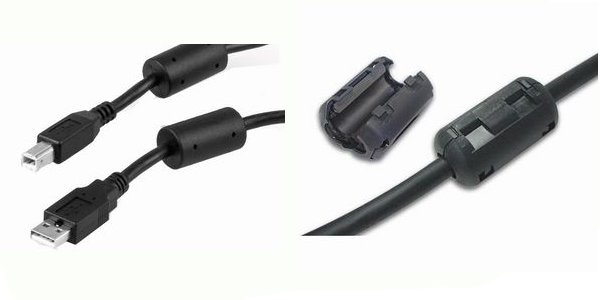
|
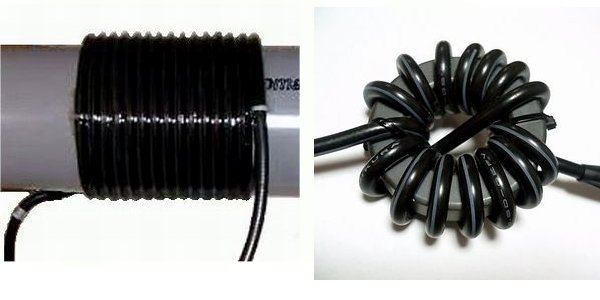
|
| USB Choke with "Click On" ferrite | Cable Coil and a Toroidal balun |
Not only on antenna cables, but also on USB cables and power cables, you can see that "fat" thing at the beginning or the end of the cable.
Here is a ferrite core that partially block unwanted mantle currents, and will prevent some of the interference from being passed on to the antenna.
Mantle current coils exist in different designs. The simplest version is a wound coil with about 10 turns with the antenna cable itself, and this on a piece of plastic tube of 6 to 8 cm diameter (fig. right). The best, but most difficult and expensive method is to use a special large ferrite toroid core, where the antenna cable is also wound a number of turns around the toroidal core. The ferrite core is made of a special nickel-iron powder, and only suitable for thin 6mm antenna cable. This listens to the name FT240-43, and is suitable for the low HF bands. This is also called a "Common Mode Choke".
You will find plenty of information about this on the internet.
Using USB adapters and SDR receivers
If on a computer or Laptop, in one way or another, the mains earth is connected to the housing of the device, this polluted earth will also be present on the shielding of the USB ports, and also on the - lead (pin4) of the power supply of a USB port. This is a bad thing, and a historic mistake of the past, made when designing USB ports. The shield of a USB port cannot be separated from the computer ground.
The interference on USB ports almost always occurs on computers with a power supply with a 3-pin plug, but much less on computers with 2-pin plug.
Also a bad thing is that computers themselves cause interference, coming from the chips in the computer, the LCD screen and the generation of the USB signals itself !
Here most complaints occur with bad reception of long wave with SDR receivers, connected to a USB port.
Using the laptop on battery reduces the poor reception considerably. If this is not possible (e.g. with a fixed computer), use an isolation transformer if possible.
Another solution that is sometimes proposed is to use a so-called USB isolator, where the shield-ground is separated from the computer.
But this will NOT work on a high speed USB-2 port. These are suitable for USB-2 low speed, but an SDR receiver only works on a high speed USB port (max. 3.0kbit/sec). A small improvement in reception was obtained here by disconnecting the ground connection on the shield in the USB SDR stick from the pin4 connection. But that requires a not so easy intervention in the SDR stick, and is not recommended for everyone.
However, a double USB pass-through adapter can also be made, where the ground on one USB side is NOT on the shield of the other USB.
Finally, very good results can be obtained by placing a small toroidal isolation transformer (by Mini Circuits), in the antenna line, just before the antenna enters the SDR receiver.
In this way, interference signals on the cable shield cannot reach the antenna, and thus the reception is a lot better.
But note: this only works with wire antennas, as a Endfet antenna, not with a miniwhip antenna, with own power. These mini toroids are e.g. in a 1:9 mini-balun PCB from Ebay, but they can also be found inside an old double RJ-45 network connection, on the back of a motherboard of a fixed computer.
Antennas
If you still want to try an indoor antenna, do so with a so-called LOOP antenna, or "Magnetic Loop".
These are the only antennas that are less susceptible to electrical interference.
A whip, wire, rod or slide antenna is a great antenna to pick up electrical interference !.
Then don't do this on the ground floor, but on the highest possible floor, and preferably on a window.
That's the only chance you'll have some reception.
Some try to disrupt as much as possible with ferrite beads, but don't expect too much.
Despite everything, with a good commercial HF all-band radio receiver quite good results can be achieved.
But keep in mind that these work completely differently, and have different filters, unlike a cheap SDR stick, which is very sensitive, but does not have any pre-filtering or protection or suppression against strong signals, the "mirror-frequencies" cannot filter out (false signals), has a poor dynamic range, and cannot withstand thunderstorms.
But it is beautiful and tempting to see what is possible with an SDR stick.
See also this link:
SDR Antenna Considerations
 mail: on1bes at Scarlet.be
mail: on1bes at Scarlet.be 
